MATTERS OF OBSESSION
‘The Best and Worst of Us’: Photographing South Africa’s lockdown
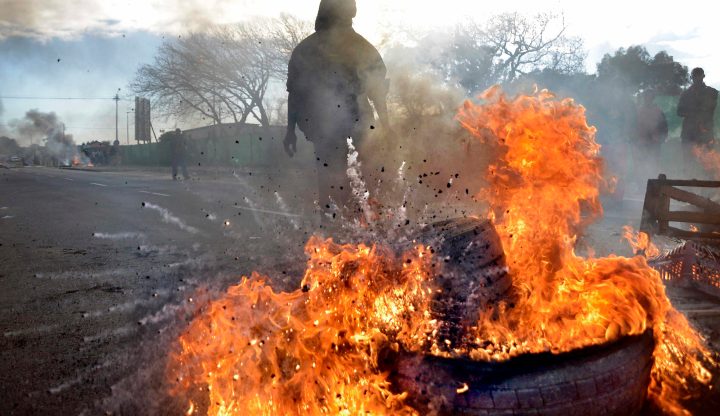
It’s a story most of us know well: a pandemic, lockdowns and empty streets. ‘The Best and Worst of Us’ is a short film that follows South African photojournalist Armand Hough as he set out to document life in a pandemic, back in March 2020.
Armand Hough is a photojournalist living and working in Cape Town and when the national lockdown was announced in March 2020, armed with his camera, he set out to document life in a pandemic, regularly posting about his experiences on social media.
At the same time, filmmaker Jasyn Howes was brainstorming ideas for a short film, based on a brief by the Documentary Filmmakers’ Association (DFA) of South Africa to capture the “Life, Love, Rifts and Rage in the time of Covid-19”.
“My inspiration came quite swiftly. I had been introduced to [Hough’s] Instagram profile by a friend of mine, and it was clear very early on that he was giving us an insight into what was going on out there in a far more visceral, personal way,” says Howes.
The filmmaker then reached out to Hough and they began working together on making a documentary out of Hough’s visual exploration of what the country was going through. The result was The Best and Worst of Us, which follows the photographer as he tells the stories of the people whose lives have been changed most dramatically by the pandemic.
“It was obvious to me that [Hough] was a great central character. He had access to a variety of different types of stories and I wanted to try to give a tapestry of what was happening in and around the Western Cape,” says Howes.
Hough is no stranger to photographing conflict and telling difficult stories. Looking back on his career, he explains that the pandemic is the third lockdown he has experienced, the first being after the 2005 London bombings.
“I was on a train and one of the bombs exploded two trains behind me. I got out and I had no real, professional interest in photography right then but I had a small camera with me.
“I started taking pictures of people who were burned and people with dust on them who were near the explosions, and I saw buses being used as ambulances to drive people away from the incident areas. Transport shut down completely and for the next three days London was in lockdown,” Hough remembers.
“Something sparked in me then, that I quite like to be in the middle of a situation.”
A few years later, Hough was working in the Middle East and it was here in 2011 that his career took off as he photographed the Arab Spring in Bahrain.
“I quickly saw that a career in photography was very possible. I knew the backroads of all the villages [and] I could speak a little bit of Arabic, just enough to get me into a situation where people trusted me,” he says.
While companies pulled out of Bahrain and the South Africans Hough knew left the country, he decided to stay.
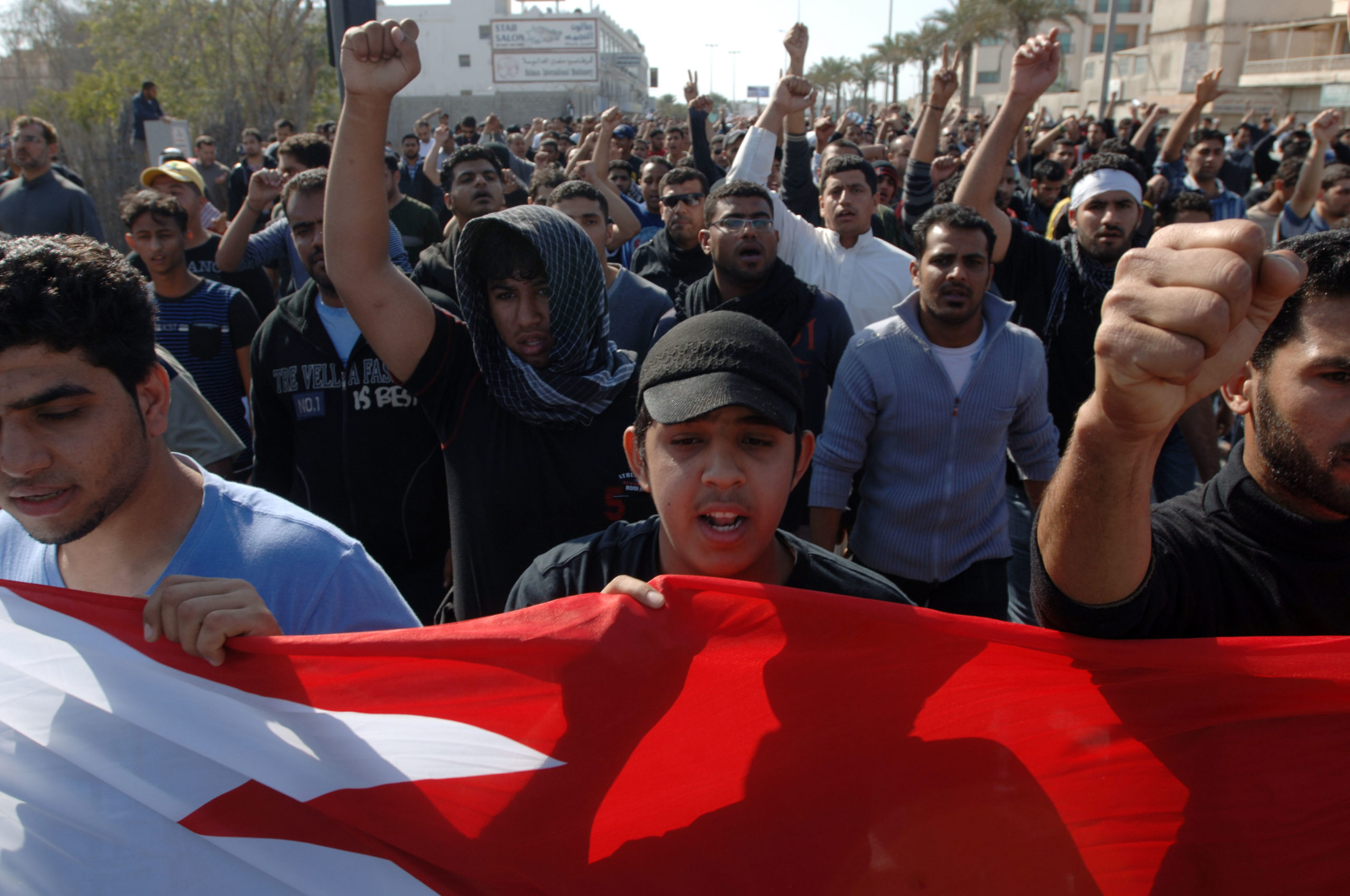
Photojournalist Armand Hough’s career took off as he documented the Arab Spring in Bahrain in 2011. Photo: Armand Hough
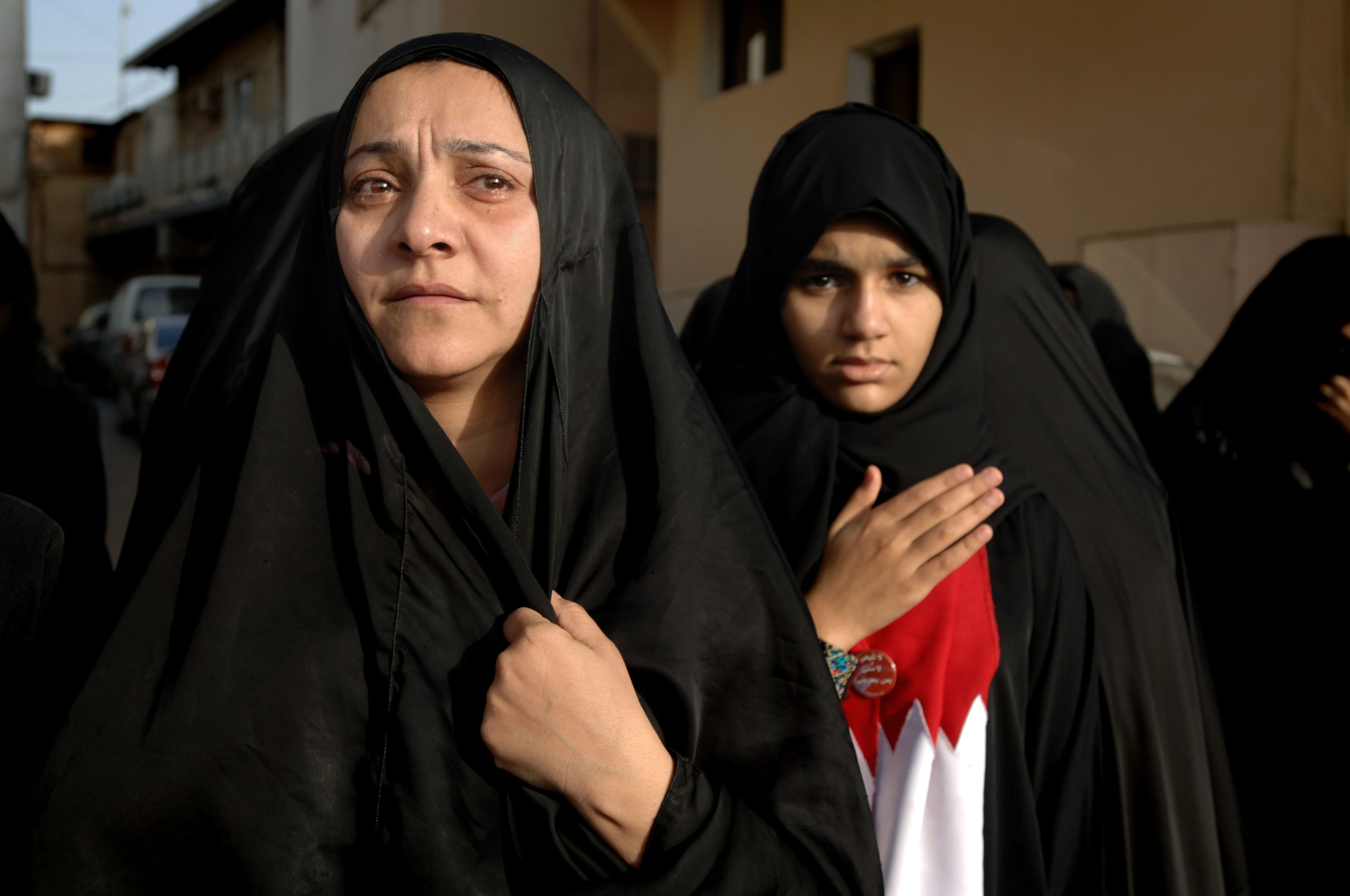
02/18/2011, Manama, Bahrain: February 18: Anti-government protesters gather at the funeral of one of the victims of Thursday mornings raid on The Pearl Roundabout, Photograph by Armand Hough
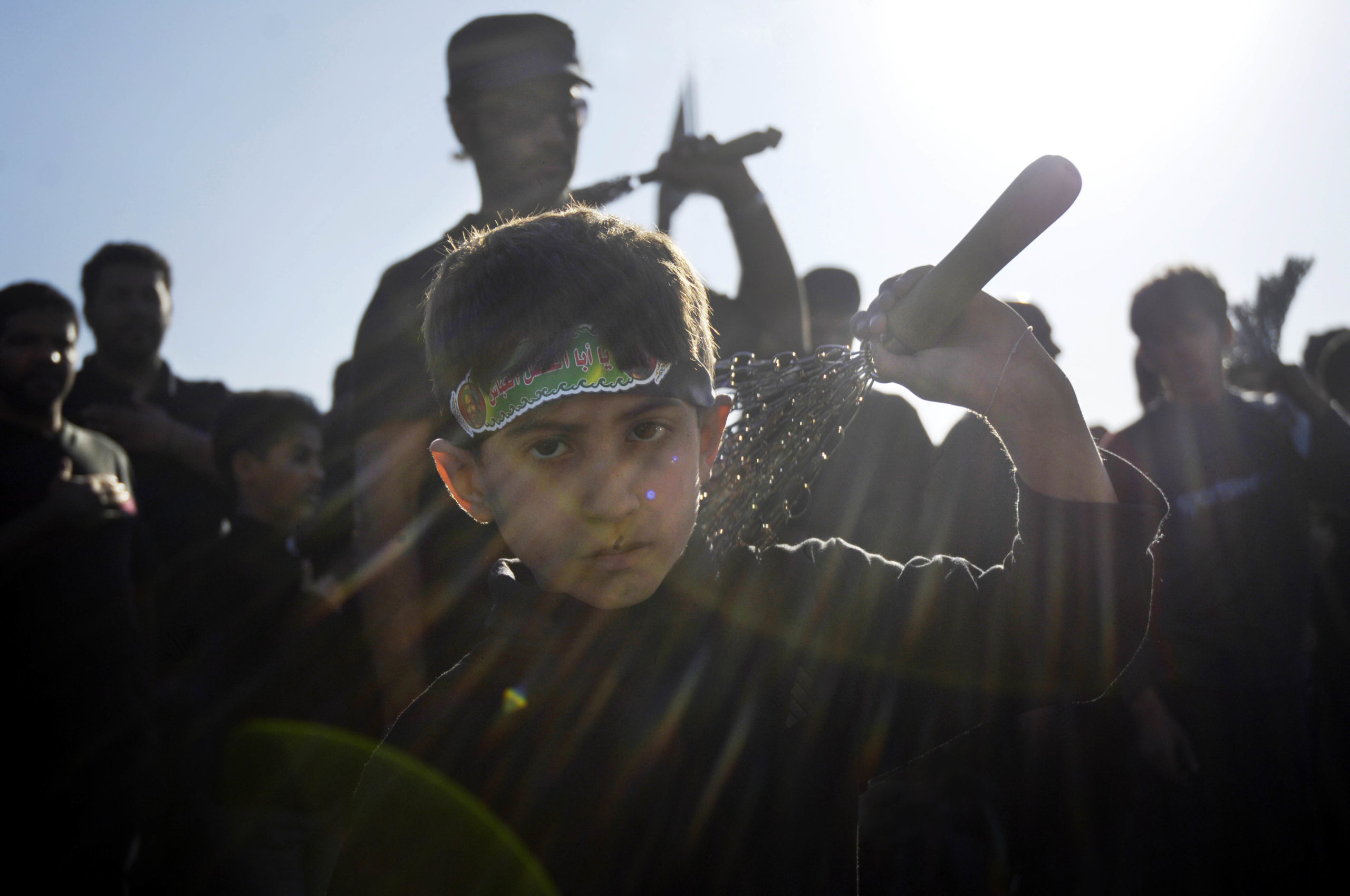
12/28/2009, Manama, Bahrain, The Ashura mourning ceremony in a Bahraini village named Daih on the west coast of the island. Photograph by Armand Hough
“It was the first time I found myself in a situation of civil war. I felt then that I could tell more authentic stories through photojournalism… it was the purest and rawest form of storytelling.
“I [was] so fortunate to be there because nobody really gets the opportunity in a photojournalism career to be able to cover an evolving story of conflict or civil war, and I just happened to be there,” Hough says.
“I think the best advice I’ve ever gotten is that you need to be the eyes and ears of the people and convey their story. That is the only good thing that you probably can do in this industry.
“It’s very seldom that you can help a situation yourself, but your job is to show the people who can help… what the situation is on the ground.”
In 2020, however, Hough found that through sharing his experiences of lockdown and the pandemic on social media, he had the opportunity to both tell stories and help the people he was portraying.
“It’s an easy way out to separate yourself from the story. But these people that I told the stories of during lockdown… these are my people. I am South African. We are all in this together,” he says.
Through his posts on Instagram, Hough began receiving messages from people wanting to find out how they could get involved and help those in need during lockdown. He then began coordinating with community leaders to get donations where they needed to go.
“Journalism asks of us not to get involved with the story, but to just tell it. [Hough] chose, though, to say, ‘Screw that, I can help these people’ and he started putting the word out on his social media. People were reacting to this and he started becoming the middleman for getting necessities to people,” Howes says.
“I didn’t have anything to give… the only thing that I could really do is to facilitate donations. But it was special to be able to do something even though it was as small as that,” says Hough.
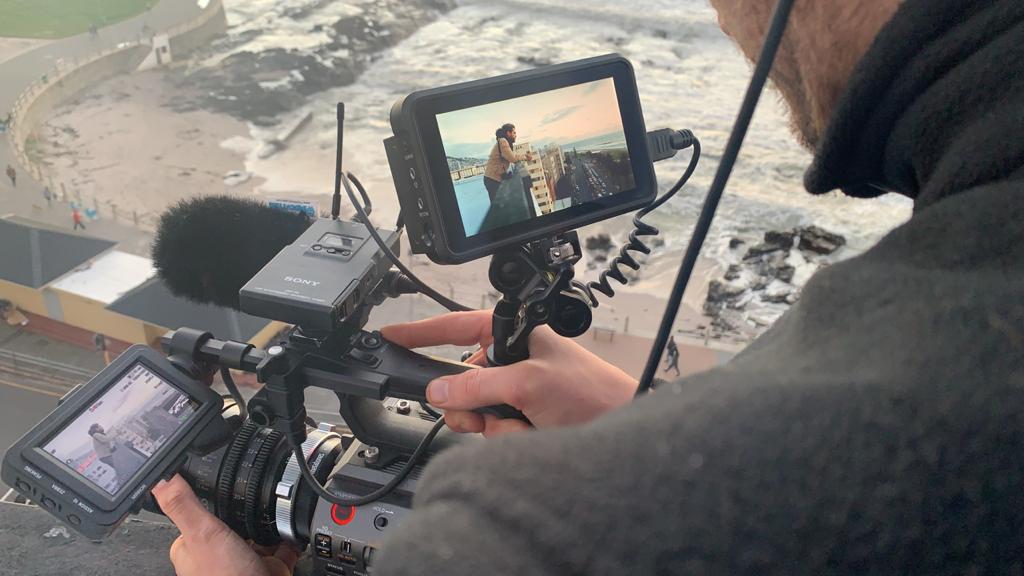
Filming The Best and the Worst of Us. Photo supplied by Armand Hough
The film sheds light on what it was like for Hough, not only as a photojournalist, but as a person, witnessing and experiencing some of the harshest realities of lockdown in South Africa.
“There were a lot of bad things, but I think the worst of the worst was not necessarily the looting of the trucks or the gangster shooting or things like that… it was the food lines where kids lined up with little bowls.
“And there are two pots of food and you see there are about 400 kids lined up… queues of them. And then I think the worst of it was the parents sitting on the side, realising it’s out of their control; that they can’t feed their kids any more,” he remembers.
“For a parent to realise that must be one of the worst feelings that you can ever imagine, and that struck a chord with me. It was absolutely terrifying to see. These are proud parents and they want these charities or these community members to feed their children – and if there is any food left over, perhaps they can have some as well because they can’t feed themselves either.”
Hough also recalls the uplifting moments when people worked together to ease the suffering of others.
“I got a message from a woman… Her six-year-old son had a birthday and he wanted to donate his toys to a safe house for women and children in Lavender Hill. So I distributed all these toys to the kids in the safe house… some hadn’t seen a new toy in years, maybe not ever.
“This little boy decided to do this on his own… that brought tears to my eyes. It was a very special moment. It’s in these little places where you don’t expect it that you see people’s hearts opening up tremendously.
“That’s definitely the best of us,” says Hough. DM/ML

















 Become an Insider
Become an Insider
Comments - Please login in order to comment.